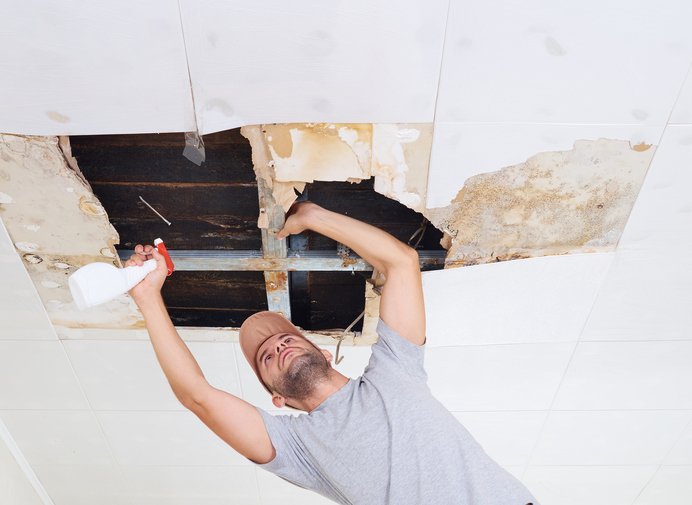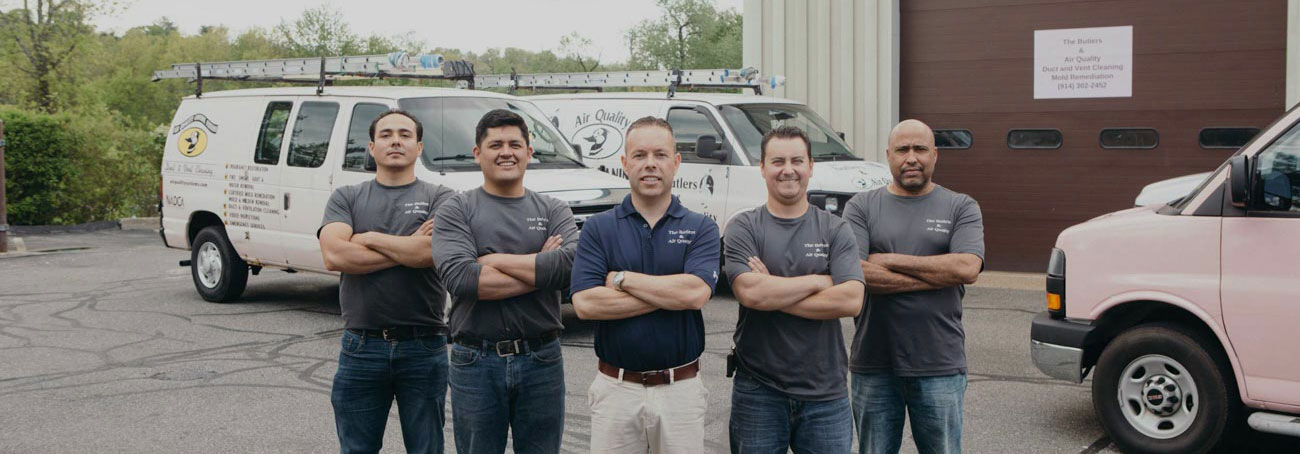
10 Feb Removing Mold From Your Home
Mold in your home can be an absolute nightmare, but the good news is that if the mold is contained within an area that is less than 10 square feet, you might be able to get rid of the mold by yourself! Areas larger than that should be handled by mold remediation professionals (cough cough – that’s us!).
However, before you even start the mold cleaning and removal process, try to figure out what is causing the mold growth in the first place. If there are any leaks or consistent condensation that is collecting that are not taken care of then the mold will continue to reappear. Make any necessary repairs and double check to make sure the area containing the mold will be well ventilated in the future. You might want to invest in a dehumidifier for that area as well. If you think you might have mold growth in porous surfaces or carpets it is best to get rid of them because is nearly impossible to totally get mold out of these materials.
Now onto the actual mold removal process! You will need the following supplies: rubber gloves, a face mask, and a good brush for scrubbing. If the moldy area is dry, lightly spray with water before you clean as that will help minimize airborne mold spores. For mild cases, scrub with warm water and detergent to remove the mold. For more severe problems, use a store bought solution or make your own using one cup of bleach added to one gallon of water. Never mix bleach with cleaning products that have ammonia in them as it can cause the release of toxic gas. After all the mold has been removed make sure to dry the area thoroughly.
The key to stopping most mold is to control the occurrence of dampness and condensation build up. The worst growth usually happens in crawl spaces, attics and walls where water has leaked in from the outside, and in basements with poor foundation drainage. These are also places that we don’t check as often, so mold can grow rampant before you catch it. Be proactive by stopping leaks, ensuring good ventilation, keeping crawl spaces dry and routing water away from the foundation. Also, make it apart of your checklist to routinely check these areas so that mold doesn’t go unnoticed. A few types of mold are highly toxic and can be very dangerous to humans. If you have an allergic reaction to mold or a large mold infestation inside your home, call us in to analyze before trying to remove yourself!



